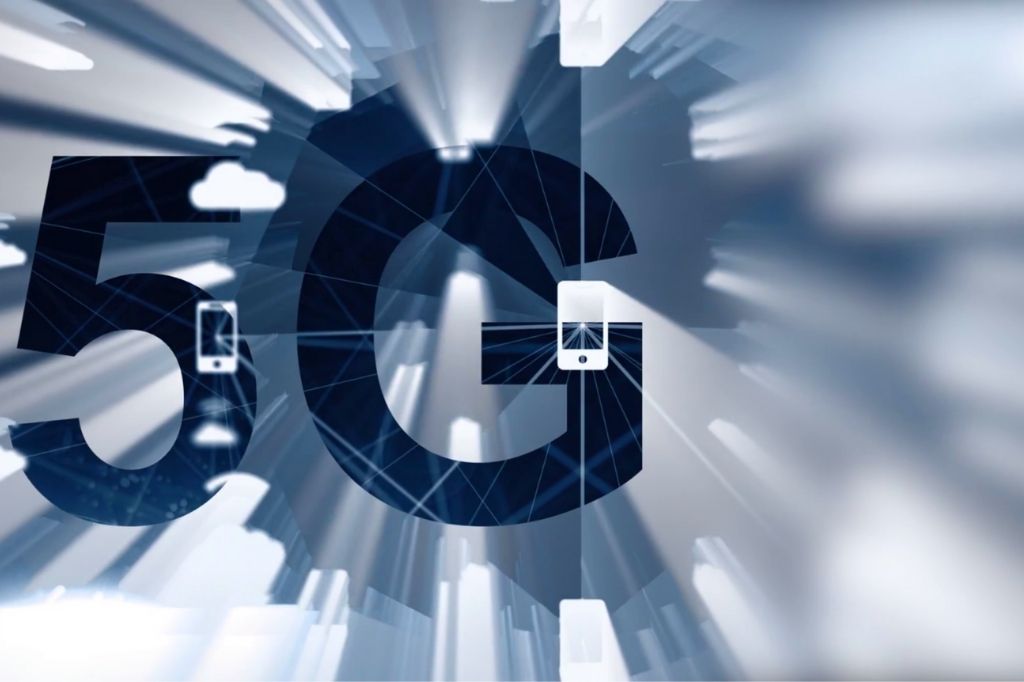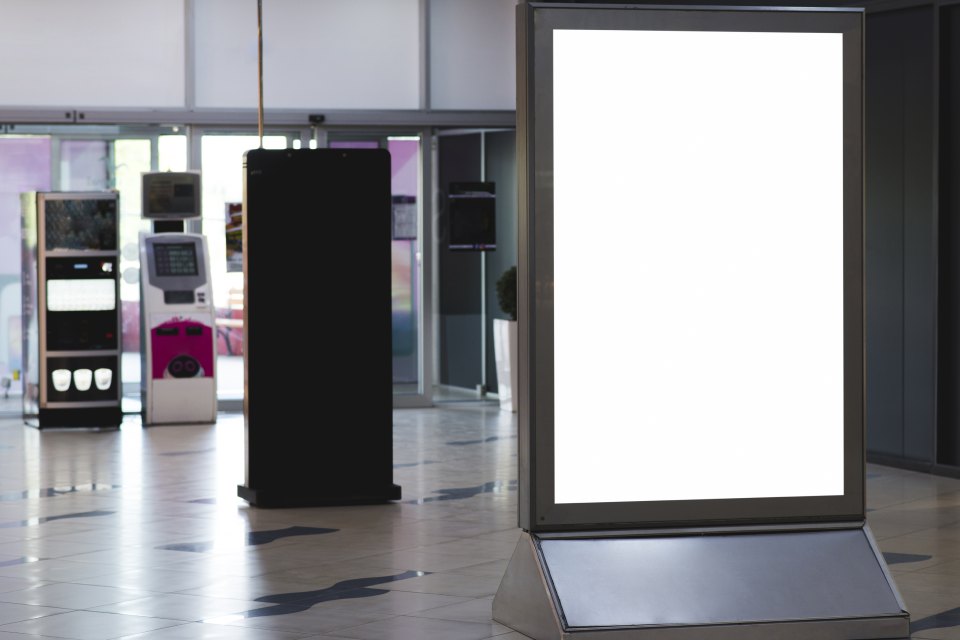The 3G standardization committee has adopted the 5G standalone standard. After three years of development, the second central part is finally ready—an essential step towards standardizing 5G technology.
5G Operational From 2019
Bosch and Nokia have already presented a demonstrator at the Digital Summit in Tallin (Estonia) that combines the upcoming 5G mobile communications standard with Industry 4.0 solutions. From 2019, 5G is expected to increase mobile data transmission speed tenfold.
In addition, the standard improves, above all, the real-time behavior and transmission robustness. Both are essential prerequisites for wirelessly networking several hundred billion intelligent actuators and sensors in factories and systems and networking vast amounts of data from production in real-time.
We are already exploring the potential of the performance of 5G for the factory of the future. The wholly-owned Bosch subsidiary for drive and control technology developed the demonstrator with central Bosch Group Research and Nokia.
In addition, Bosch would like to expand its collaboration with Nokia to include broad areas such as augmented reality, autonomous transport systems for in-house material flow, and cloud-based applications in manufacturing.
At the 3GPP (3rd Generation Partnership Project) plenary meeting, the completion of the 5G wireless standard was approved. After the 5G-NR specification for non-standalone operation (NSA) is the next big step towards standardization.
There is now a consistent set of 3GPP specifications with which 5G networks can be set up independently of the existing 4G networks.
Also Read: RFID And IoT In Hospitals: On The Way To Digitization
What Is Improving With 5G?
With 5G, of course, the speed improves. While the maximum speed in MB / s for LTE is 18.75 and for LTE + 125, 5G comes to 1250 MB / s. Thus, 5G achieves ten times as much. For example, with 4G (LTE), you need around 40 seconds to download an 800 MB file; with 5G, you only need one second.
In addition, 5G should also ensure considerable power savings per mobile service and have latencies of less than a millisecond. This means that applications and systems with 5G could react almost in real-time without long waiting. In addition, machines and devices are compatible and use higher frequency ranges.
The transmission in high-speed trains up to 500 kilometers per hour and aircraft up to 1,000 kilometers per hour should also be possible.
5G Should Enable Remote Control Of Autonomous Cars
The newly founded 5G Automotive Association (5GAA) relies on the extensive use of the new 5G cellular standard for connected and automated driving. 5GA calls for 5G to become an absolute automotive standard.
According to an advisory board chairman, the car companies should put more energy and resources into the 5GAA to turn the prototype into an absolute automotive standard.
Remote control of self-driving cars should also be made possible. It’s not just about car-to-car (C2C / V2V) technologies that only affect vehicles. It is more important for the corporations that the new standard can be used so that the connected cars can also communicate with the backend (V2N), the infrastructure (V2I), and even other road users such as pedestrians and cyclists (V2P).
Special requirements are required to use each of these applications, which the automotive industry wants to define in the new standard openly. One possibility of this would be, for example, that data can not only be downloaded but can also be uploaded to the cellular network.





